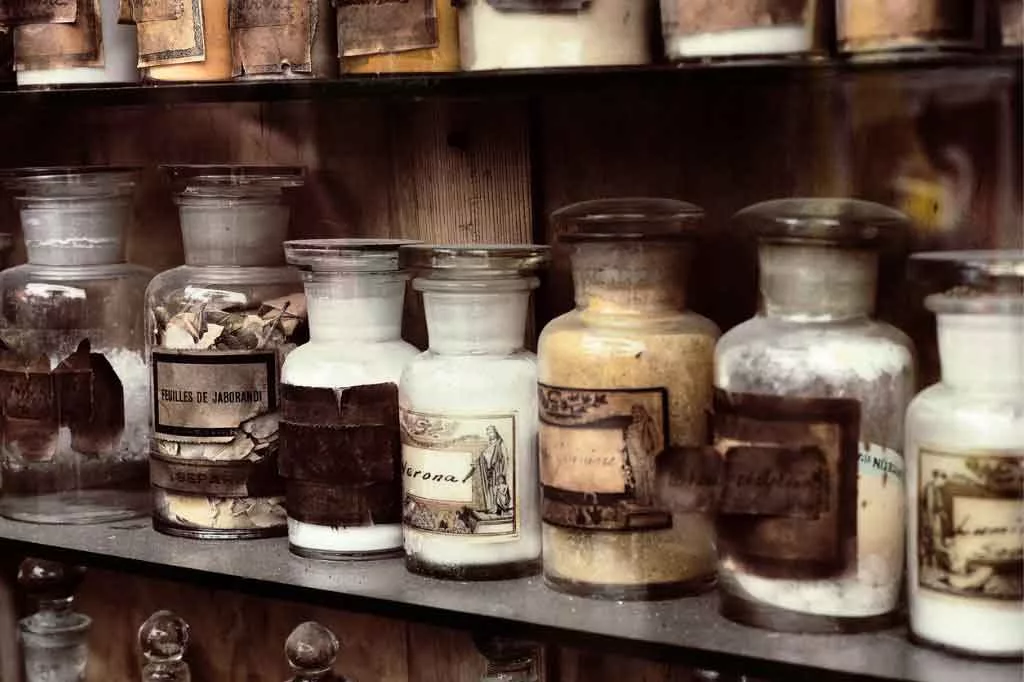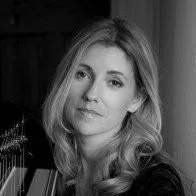
QUESTIONS
1. Some diseases occur in alarming resurgences. What disease repeatedly plagued Massachusetts and America in the 17th, 18th, and early 19th centuries?
Click to show the answer
Answer: Smallpox
2. Massachusetts Puritan Minister Cotton Mather is darkly memorialized in several of Concord author Nathaniel Hawthorne’s short stories. Mather was involved in the Salem Witch Trials where he shared his opinion that the accused were indeed witches, evil, and worthy of death. But Mather was also interested in science and was a key figure in introducing which of the following to Massachusetts?
a) Swimming lessons
b) Inoculations
c) Cardiopulmonary resuscitation
d) Jogging (preferably away from
the gallows)
Click to show the answer
a) Swimming lessons
b) Inoculations
c) Cardiopulmonary resuscitation
d) Jogging (preferably away from the gallows)
Answer: b) Inoculations. Mather is said to have learned about inoculation from his West African slave Onesimus, who told Mather about an inoculation he had received in Africa that would forever save him from smallpox. When smallpox reappeared in Boston in 1721, Mather approached the medical community to share the foreign concept of inoculation. Most physicians dismissed him, but Doctor Zabdiel Boylston was intrigued by Mather’s insistence and research. Boylston began experimenting with inoculation and Mather and Boylston tracked the data. The results showed inoculations were effective, and the introduction of smallpox inoculations began in Boston and throughout the Colonies.
3. Dr. Benjamin Rush, one of the signers of the Declaration of Independence, prescribed which of the following for patients about to receive an inoculation?
a) A cup of weak chocolate and a biscuit
b)
A cup of tea and two tablespoons of honey
c) Strong coffee with a thimble of rum
d) A dram of whiskey
Click to show the answer
a) A cup of weak chocolate and a biscuit
b) A cup of tea and two tablespoons of honey
c) Strong coffee with a thimble of rum
d) A dram of whiskey
Answer: a) A weak cup of chocolate with a biscuit
4. In 1721, so many people were dying from smallpox in Massachusetts that selectmen in Boston limited which of the following?
a) Visits to friends
b) Number of people allowed in churches
c)
Number of times funeral bells could toll
d) Right to assemble
Click to show the answer
a) Visits to friends
b) Number of people allowed in churches
c) Number of times funeral bells could toll
d) Right to assemble
Answer: c) Number of times funeral bells could toll. The high number of deaths would have resulted in bells tolling all day.
5. The Boston Tea Party occurred on December 16, 1773. Covert events like that can be stressful and lifting heavy chests of tea could put strain on your heart. If you were among the 18th century colonists dumping the tea into the harbor and one of your comrades went into sudden cardiac arrest, which of the following actions might you take?
a) Leave him behind as a scapegoat
b)
Throw his torso over a barrel, grab
his legs and start rolling him back
and forth
c)
Find the most odiferous seaweed in the harbor, expose his chest, and beat him with the seaweed
d)
This is not a real tea party and there is no time for sentiment! Dump him into the harbor with the East Indian Trading Company chests
Click to show the answer
a) Leave him behind as a scapegoat
b) Throw his torso over a barrel, grab his legs and start rolling him back and forth
c) Find the most odiferous seaweed in the harbor, expose his chest, and beat him with the seaweed
d) This is not a real tea party and there is no time for sentiment! Dump him into the harbor with the East Indian Trading Company chests
Answer: b) In the mid to late 1700’s, the barrel method was used to attempt resuscitation. Rolling the stricken person’s torso back and forth on the barrel was thought to aid in chest movement: backward barrel rolls compressed the chest for expiration; forward barrel rolls released pressure for inspiration.
Seaweed might have been used as a much earlier and primitive method of resuscitation where the suddenly deceased person was beaten with odiferous items, sticks, stinging nettles, pelted with dung, or anything else unpleasant that was on hand.
Want to try something much better? Sign up for a CPR course at the Thoreau Club in Concord (https://www.thoreau.com/water-safety-courses/cpr-aed) or anywhere approved classes are offered. No barrel needed.
6. Have a fever? Stomachache? Sore throat? If you lived in 1780’s Concord, you might try making Harvard-educated physician Cotton Tufts’ recommended concoction of lime or lemon juice, salt, loaf sugar, and distilled cordial water served in a wine glass. But why might this treatment not be available to everyone in 18th century Concord?
Click to show the answer
Answer: Because sugar was expensive. Considered a luxury item, most sugar in the Colonial era came in loaves wrapped in blue paper. The paper could then be used to create dye for things like clothing.
7. In 1801, twenty-six years after “the shot heard ‘round the world” was fired in Concord, MA, the threat of smallpox once again loomed heavy over America. The highly contagious illness required the newly independent America to act. Although historically Massachusetts residents and other Americans clearly did not like an authoritarian figure telling them what to do or curtailing their freedom, in many places, politicians, clergy, and local town leaders worked together for the public good. Actions taken included which of the following?
a)
Quarantining newly arrived visitors or people who were sick
b)
Restricting travel in areas of known illness
c)
Putting sick people in the stocks so everyone knew whom to avoid
d) Inoculating citizens
Click to show the answer
a) Quarantining newly arrived visitors or people who were sick
b) Restricting travel in areas of known illness
c) Putting sick people in the stocks so everyone knew whom to avoid
d) Inoculating citizens
Answer: a, b, and d.
8. True or False: During the 1918 Spanish Flu pandemic, Concord schools stayed open to encourage herd immunity.
Click to show the answer
Answer: False. As described in a past exhibit at the Concord Library, Spanish Flu began appearing in Concord in September of 1918, and became a full crisis by October. Concord’s schools were closed for the month of October, but reopened in November.
9. Today, when you see a Concord Fire Department emergency medical services (EMS) vehicle, you can be assured that you are in good, well-trained hands. But decades before ambulances and formal pre-hospital services were created, another motorized vehicle was commonly used to transport sick and injured patients to the hospital, and its arrival at your side might have been more alarming than the emergency you were experiencing. What was
the vehicle?
Click to show the answer
Answer: A hearse. By the 1960’s, hospitals in America were providing an advanced and wide scope of care. Pre-hospital medicine was not yet on the same improvement pace. In 1966, if you summoned help, there was a 50/50 chance that a hearse would show up. Driven by a mortician, the hearse was convenient; there might not be any flowers, but you could lie down and be miserable all the way to the hospital.
10. Covid-19 has inspired many wonderful Concordians to sew masks for the community. The Spanish Flu of 1918 also called for mask wearing by Americans, and inspired what 1918 women’s fashion trend?
Click to show the answer
Answer: Influenza veils (“flu veils”). Described as a “necessity in malady’s wardrobe”, common material for influenza veils included colorful chiffons and Shetland mesh. Wearers were described as looking like mummies or ready for a motor car ride.
Contact Barrow Bookstore for a list of sources. Barrowbookstore@gmail.com.
————————————————————————
For more than 50 years, Barrow Bookstore has been a favorite of residents and visitors alike, specializing in Concord authors and history, children’s books and literature. The shop also provides a wide array of gently read and rare titles ranging from paperbacks to first editions and original manuscripts. Staff members have all worked as tour guides and reenactors in Concord and are happy to share their knowledge about the town and its history. Discover more at barrowbookstore.com.


